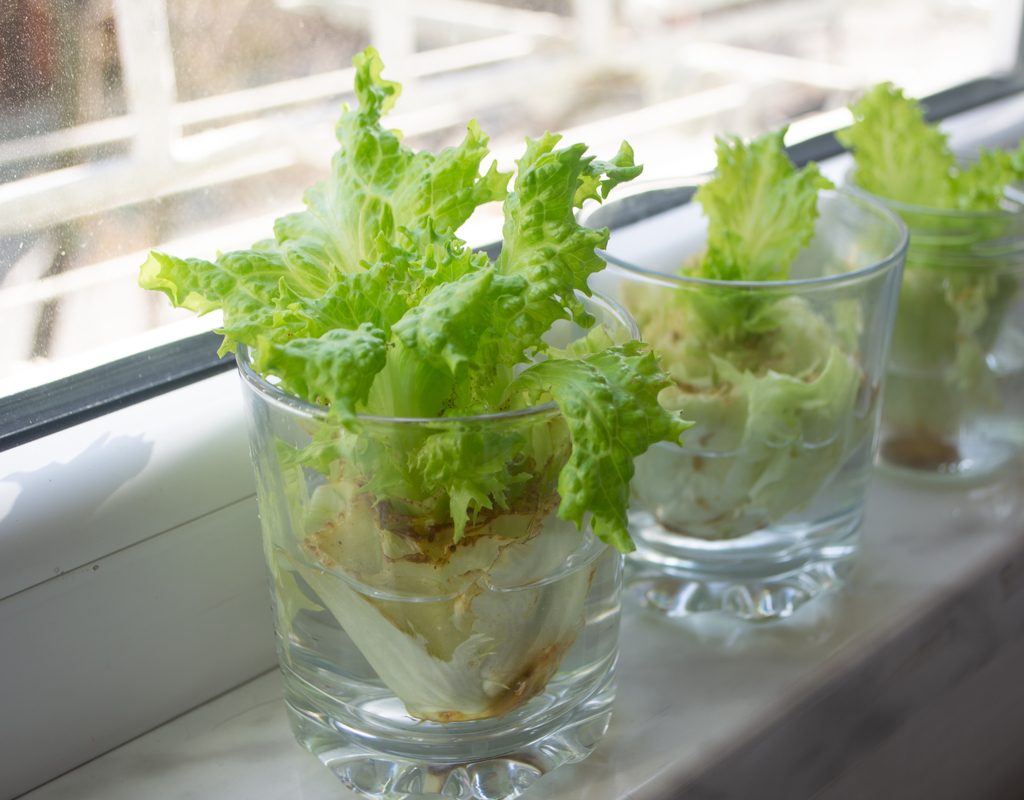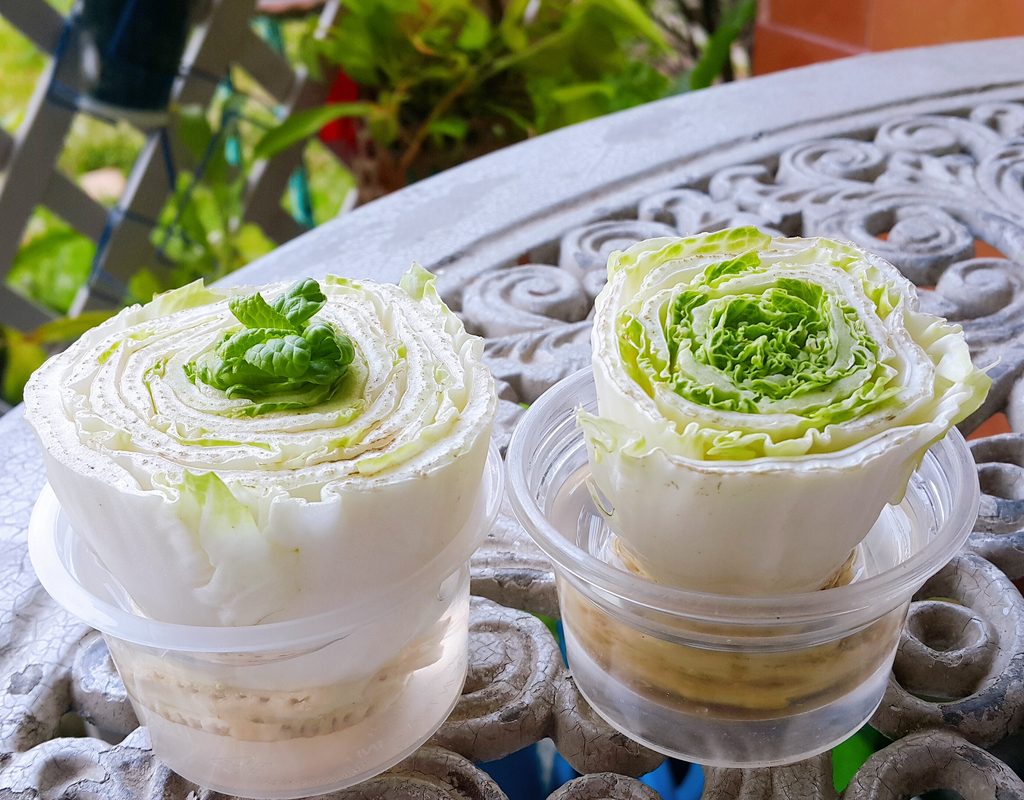
The pandemic shortages of 2020 led many gardeners to become even more creative than usual. When garden centers, nurseries, and online stores ran out of seeds and plants, gardeners used their expertise and creativity to find other ways to grow vegetables and fruits. One way that gained popularity is the thrifty method of kitchen scrap gardening.
The idea behind scrap gardening is that plants grow in order to reproduce, not necessarily to feed other species. So they have a multitude of ways they can adjust to damage and continue growing, even after parts of the plant have been removed. Of course, they enclose seeds inside of ripe fruits, but they also regrow vegetatively from segments of stem or root. Following are some of the easiest and best ways to grow a garden from grocery scraps.
Sow the seeds
When we eat tomatoes, peppers, cucumbers, squash, melons, and other fruits, we either consume or dispose of ripe seeds. It’s easy to harvest and save those seeds to plant in the garden. Just scrape them out and dry them on a paper towel for a couple of days. Then sow them into moist soil in a sunny location.
Seed saving from grocery store produce is an inexact science. Hybrid vegetables, including most grocery store commodity crops, come from crossing two parent plants of different strains. Hybrids often make big, beautiful fruit, but their seeds typically produce plants that more closely resemble one of the parent strains. You never know until you try, so this project could be just an interesting experiment or a source of delicious homegrown produce.
Plant the tops
Cleaning root veggies like beets, turnips, and carrots for cooking normally means removing the tops. Root crowns are capable of regrowing. Leave a generous portion of the fleshy root top along with the base of the foliage. Plant it directly into warm, moist soil.
Although the new roots they produce will not be useful like the originals, the new foliage makes good mixed greens for salad or braising. Beet greens are nearly identical to swiss chard. Turnip greens are in the mustard family and taste similar. Carrot greens can replace parsley, both raw and cooked.

Regrow the roots
Onions, head lettuce, cabbage, celery, and other veggies that come with at least part of their original roots can produce a secondary crop. Cut off the usable portion, leaving a generous fleshy section atop the root crown. Then plant the root crown in rich, damp soil.
The resulting plants tend to produce loose, open foliage rather than dense heads. The taste is similar to the original, or possibly more pungent, but the texture may be tough. These regrown veggies may be OK to use fresh, but they are often best used to impart flavor to stock. If allowed to flower, they can produce usable seeds.
Root out the stems
If you enjoy fresh herbs like mint, basil, rosemary, and oregano, try rooting out the stems next time you buy them. Strip the side leaves for cooking, and leave the last two sets of leaves at the tip. Then place the stem in a glass of water and keep it in a sunny window sill.
This is one of the best scrap projects because of the high success rate and longevity of the plants. Many herbs, including mint, rosemary, oregano, and sage, are perennials that will thrive in containers or in-ground gardens for years, providing all the fresh foliage you’ll ever need. Annual herbs, like basil, often root very easily from cuttings. These can be perpetuated by growing them outdoors in good weather, then taking cuttings to keep indoors through winter.
Save the tubers
The potatoes and sweet potatoes found in grocery stores in the spring have been stored all winter. They are ready to regrow if given a chance. Use old potatoes or sweet potatoes that have begun to sprout to grow new potato plants. Cut large tubers into approximately ¾-inch cube seed pieces. Let them air dry for a couple of days after cutting, then plant them one or two feet apart in large containers or in the ground.
Potatoes and sweet potatoes are often treated to prevent sprouting while in storage, but the treatment doesn’t last forever. For this project, it’s best to plant those that have already begun to sprout in your pantry. Both potatoes and sweet potatoes require large containers or spacious garden plots, as both the roots and foliage need room to expand.

Plant leftover legumes
The seeds inside green beans are not mature, but dry beans, peas, and lentils are. If you purchase legumes in the dry goods section of the grocery store, set aside a few of your favorites to plant. Soaking the beans or nuts overnight in cold water will speed up germination.
Not all dry legumes from the grocery store will sprout; some are too old. Some may have been treated to prevent sprouting. But if you can’t find seeds in the garden center, this method offers a fairly high success rate.
When it all hits the fan, it helps to have knowledge and skills to do necessary things in a new way. That includes growing food. Kitchen scrap gardening may never replace traditional seed saving, but it can fill gaps in supply. Whether the garden center is suddenly out of tomato seeds, or you just can’t stand the thought of tossing out a perfectly good bag of sprouted potatoes, scrap gardening lets you handle it differently.


